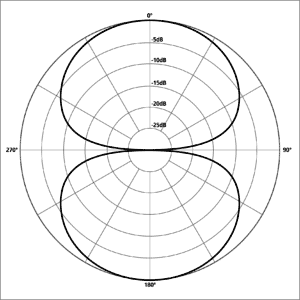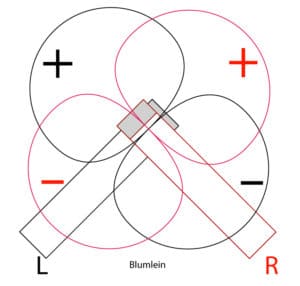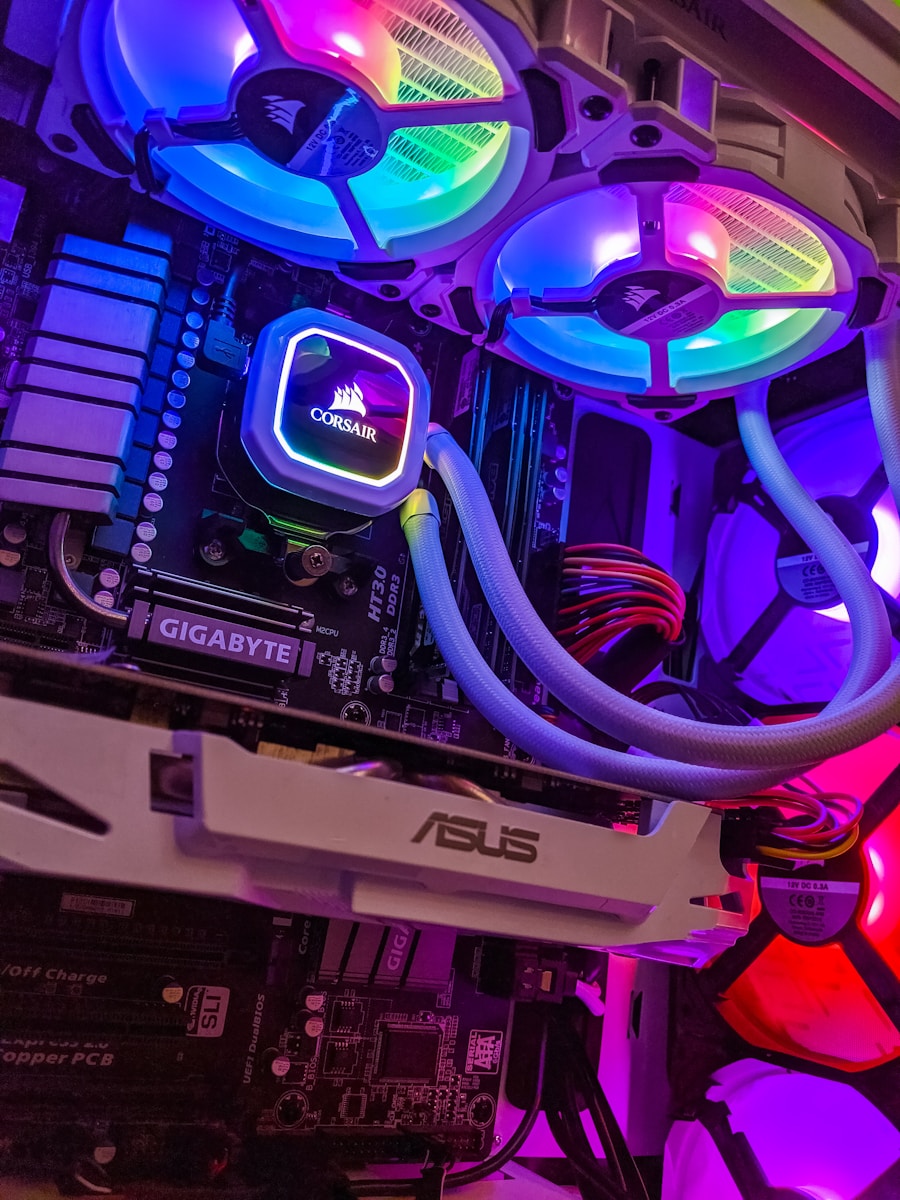Have you ever wondered how you would go about capturing a realistic, wide and focused stereo image? In 1931, a sound engineer known as Alan Blumlein discovered a microphone configuration that would accomplish this.
So, what is the Blumlein pair and what advantages does this stereo recording technique have over the others? We will also need to understand why this microphone configuration only works with ONE polar pattern.
You’re probably wondering why microphone placement is so important, “why can’t I just pan both tracks left and right”? The truth is that simply panning your tracks will not necessarily create an ACCURATE stereo image.
To learn how to set up a Blumlein pair and what we’ll need to make it happen, keep reading.
What Type of Microphone do we Need?
Creating a Blumlein pair will only work if you own a pair of bi-directional (figure-of-eight) microphones (ideally, a matching pair). By nature, ribbon microphones possess this polar pattern and certain condenser microphones do as well.
If we were reproducing this same technique with a pair of cardioid microphones, for example, it would produce an XY configuration. The reason we need to use a pair of bi-directional microphones is to recreate the sound of the ENTIRE room.
The XY configuration is ideal for isolating a sound source while creating a stereo image, but the Blumlein configuration will create a stereo image of the acoustic space as well. The front-ends of each microphone captures the sound source while the rear-ends capture the sound of the room.
Multi-pattern microphones are a great option since you would be capable of alternating between both configurations.

How do we Create the Blumlein Pair?
What most diagrams fail to illustrate is the fact that the Blumlein pair is built on a vertical-axis PERPENDICULAR to the sound source. In other words, if you were tracking a band’s performance with this technique, the microphones would be stacked one above the other.
Both microphones also need to be as close to each other as possible and their front-ends need to be positioned in a manner that creates a 90-degree angle. Once this is achieved, the point where both of these lines intersect should be pointing towards your sound source.
This technique provides a direct center image and a wide sense of space much like the human ear. If you are successful, your listener will actually feel as if they were there in the room with the performer.
Keep in mind, however, that any acoustical anomalies in your room will become VERY apparent in your recordings.

When can I use the Blumlein Pair?
There really aren’t any situations that couldn’t benefit from the Blumlein configuration. You can simply use this technique as a “room microphone” and mix this track along with a combination of other microphones.
For example, you can track your guitar amplifier with a dynamic microphone in close proximity and use the Blumlein pair at a distance to provide more DEPTH. You can also use this stereo technique on its own to track a grand piano while pointing the center towards middle C.
This configuration will actually be on a horizontal-axis, but PERPENDICULAR to the piano’s keybed. If you were tracking a band/ensemble’s performance, you shouldn’t even think twice about using the Blumlein pair.
The only reason you WOULDN’T use the Blumlein pair is if you were trying to hide your room’s sound, in which case you would be better off with the XY configuration.
Are There any Disadvantages to This Technique?
Using the Blumlein pair for anything other than a “room microphone” will not produce desirable results. Having your pair too far away from your sound source can also produce mediocre results by picking up too much room noise and losing some low-frequencies.
The most difficult part about setting up a Blumlein pair is positioning it in the “perfect” spot. You can experiment by moving it around and adjusting the height, but every room has a sweet spot so don’t stop until you find it!
It is worth mentioning that using this pair with ribbon microphones will produce better results since they naturally capture more of the low-frequencies. Condenser microphones may sound excessively harsh in the high-register and should be reserved for use as “drum overheads”, for example.
Find a way to preserve your results by taking pictures of your setup, taking notes and/or placing a bit of tape where your microphone stand was positioned.
Creating a Sense of Depth in our Tracks
There are many ways of simulating a stereo image using panning, reverb and a variety of plug-ins, but none are as REALISTIC as the Blumlein pair. This technique can also save our band/ensemble a lot of trouble since you will only require TWO microphones.
The XY configuration is also a great way to introduce stereo imaging into your tracks, especially if you lack an appropriate acoustical space. A great example of the XY configuration is actually found in the Zoom H4n Pro which is a great alternative.
I personally like to avoid as much post-processing as possible when it comes to tracking; you’ll never be able to compensate for the real thing. Tracking a musical performance is an art that requires the right tools, so let’s create some beautiful images!
Which microphones are you using to create the Blumlein pair? Let us know in the comments and feel free to share some photos of your setup.




